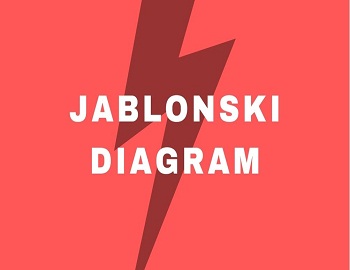What are Polaroids?
A polaroid is a material that polarizes light. Tourmaline is natural polarising material. Nowadays polaroids are artificially made. Quinine Idosulfate is an artificial polaroid.
Uses of Polaroids:
Some of the uses of Polaroids are as under-
(1) One of the uses of the polaroid is in avoiding the glare of light. Sunlight reflected from a horizontal surface like ice or lake has a larger fraction of vibration in a horizontal plane as compared to in a vertical plane. Now if we use sunglasses fitted with polaroid having polarising direction parallel to vertical then it will not allow the vibration in a horizontal plane to reach our eye. Thus, the eye will not experience any glare.
(2) Polaroids are fitted on the windshield and on the cover glasses of headlights of each car in order to avoid the dazzling light of a car approaching from the opposite side during night driving. The arrangement is so made that polaroids on the windshield of one car and those on cover glasses of headlights of other cars become ‘crossed’. Therefore, the glare is avoided. However, each driver can see the other car from the headlights of his own car.
(3) Polaroids are used in three-dimensional motion pictures. These pictures are first made by taking two pictures of a scene from slightly different angles. While one photographs more of right, the other photographs more of left. Both the pictures are simultaneously projected on the screen. The lights in the two pictures are polarized perpendicular to each other. The spectators view these pictures through polarized spectacles. Two polaroids are arranged in these spectacles in such a way that the left eye sees pictures showing more of the left. Similarly, the right eye sees pictures showing more of the right. This creates a three-dimensional effect.
(4) Camera used to photograph the clouds is fitted with a polaroid before the camera lens. The light coming from blue-sky is polarized hence it is stopped by polaroid. Thus, the background becomes sufficiently dark against which a clear photograph of white clouds is obtained.
(5) In calculators and watches, letters and numbers are formed by liquid crystal display (LCD) through the polarization of light.
(6) They are also used for studying the optical properties of metals.









Comments (No)